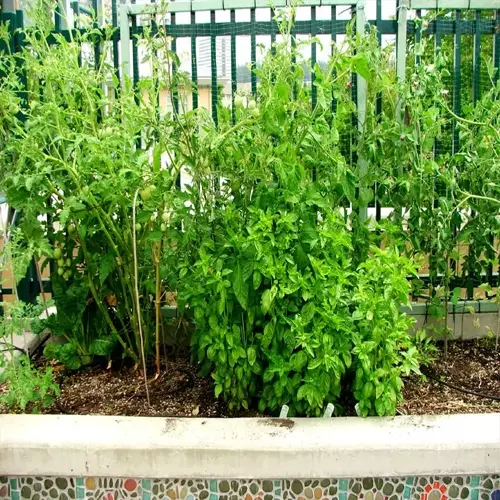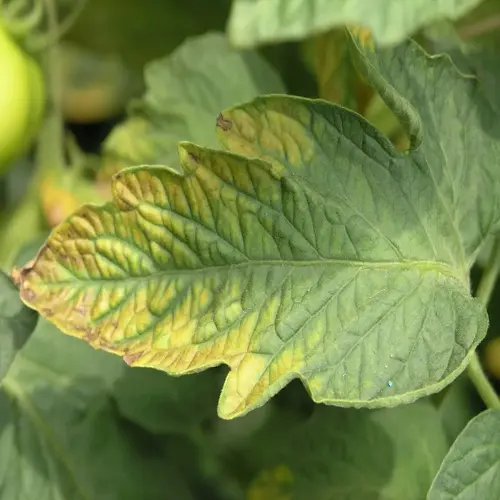How can I conserve water in my garden effectively?

Written by
Paul Reynolds
Reviewed by
Prof. Samuel Fitzgerald, Ph.D.Water conservation gardening begins with knowing your soil. Sandy soils drain quickly and require more frequent applications of water, while clay soils retain water longer, resulting in less frequent watering. Every spring, I test my garden soil with the jar method. Knowing what type of soil you have can make a difference in all your watering decisions.
The most significant impact is made with efficient irrigation. Drip systems deliver water directly to the roots of plants with 90% efficiency. I set mine up in a weekend with low-cost kits. Soaker hoses work well in a bed design with curves. Water in the early morning to reduce evaporative losses.
Rainwater harvesting transforms stormwater into a valuable resource. In my barrel system, I collect over 700 gallons of rainwater each year from my roof. First-flush diverters help keep the water clean for gardening with minimal cost. Rebates are available in many regions for the installation of systems. Be sure to investigate local rules and regulations before establishing larger systems.
Collection System
- Calculate roof area to determine potential collection volume
- Install gutter guards to filter debris before storage
- Use food-grade barrels with secure mosquito screens
- Elevate barrels for gravity-fed irrigation pressure
Purification
- Add mesh filters to downspouts before storage
- Use activated charcoal filters for edible gardens
- Install UV sterilization for long-term water storage
- Never use chemically treated runoff from asphalt roofs
Mulch is a great way to retain soil moisture. Around trees and shrubs, it is adequate to have 3-4 inches of wood chips. I replenish mulch every spring to provide protection. Do not heap it against the stems of plants to protect them from rot. Gravel mulch is an ideal choice for succulent gardens.
Selecting drought-resistant plants is the final part of the system. Native species are naturally adapted to your local rainfall patterns. I replaced my lawn with creeping thyme, which requires approximately 80% of the water. You can create irrigation zones based on the water requirements of your plant communities.
For optimal results, it is best to take these steps gradually. Use soil testing as your first step, or use one of the higher-efficiency water management practices. Each season will enhance your garden's resilience. Gardening that saves water has positive effects on your finances and local ecosystems.
Read the full article: 10 Essential Water Conservation Gardening Tips

